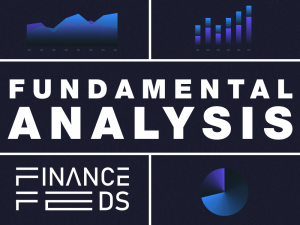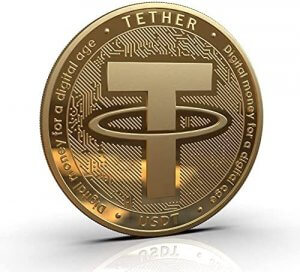Saxo Bank releases updates to OpenAPI
New endpoints have been added, including a ‘Summaries” endpoint which provides an overview of all investments for all clients under a particular owner.

Multi-asset trading and fintech services provider Saxo Bank continues to bolster its OpenAPI. Earlier this month, the company introduced a raft of updates to the OpenAPI.
The release sees a new ‘Summaries” endpoint added to provide an overview of all investments for all clients under a particular owner. This change concerns the “Auto Trading” service group.
Regarding the “Client Management” service group, a new “CompleteApplication” endpoint has been added which can be used to trigger immediate processing of a submitted signup. Also, a new section called “PensionData” has been added.
The “Client Services” group sees the “MaxExposure” field removed from return contract. Field was actually never returned in a response. The “MarginRequirement” section now includes three more fields, “InitialPct”, “IntraWeekPct” and “MaintenancePct”.
Saxo Bank has been regularly updating its OpenAPI. In December 2018, FinanceFeeds reported about the addition of new authentication flows and a streaming solution to the OpenAPI.
The list of changes implemented earlier includes new tick sizes when placing FX orders. Before the change, FX instruments had only had one tick size which was defined by the field ‘TickSize’ under instrument details. After the change was implemented, the API started operating with three separate tick sizes when placing orders:
- TickSize: to be used for IOC and FOK orders.
- TickSizeLimitOrder: to be used for Limit orders.
- TickSizeStopOrder: to be used for Stop orders.
Let’s also note the regular enhancements that Saxo Bank makes to its OpenAPI for Excel. The first full version of Saxo’s OpenAPI for Excel was released in August 2018 offering numerous improvements to usability, especially for the Formula Builder, and ironing out a couple of inconsistencies that affected earlier versions such as uninformative error messages. The version was re-released version in December 2018 when it was signed with a fresh certificate (valid until November 30, 2020) to prevent errors from the Microsoft Excel Trust Center.









